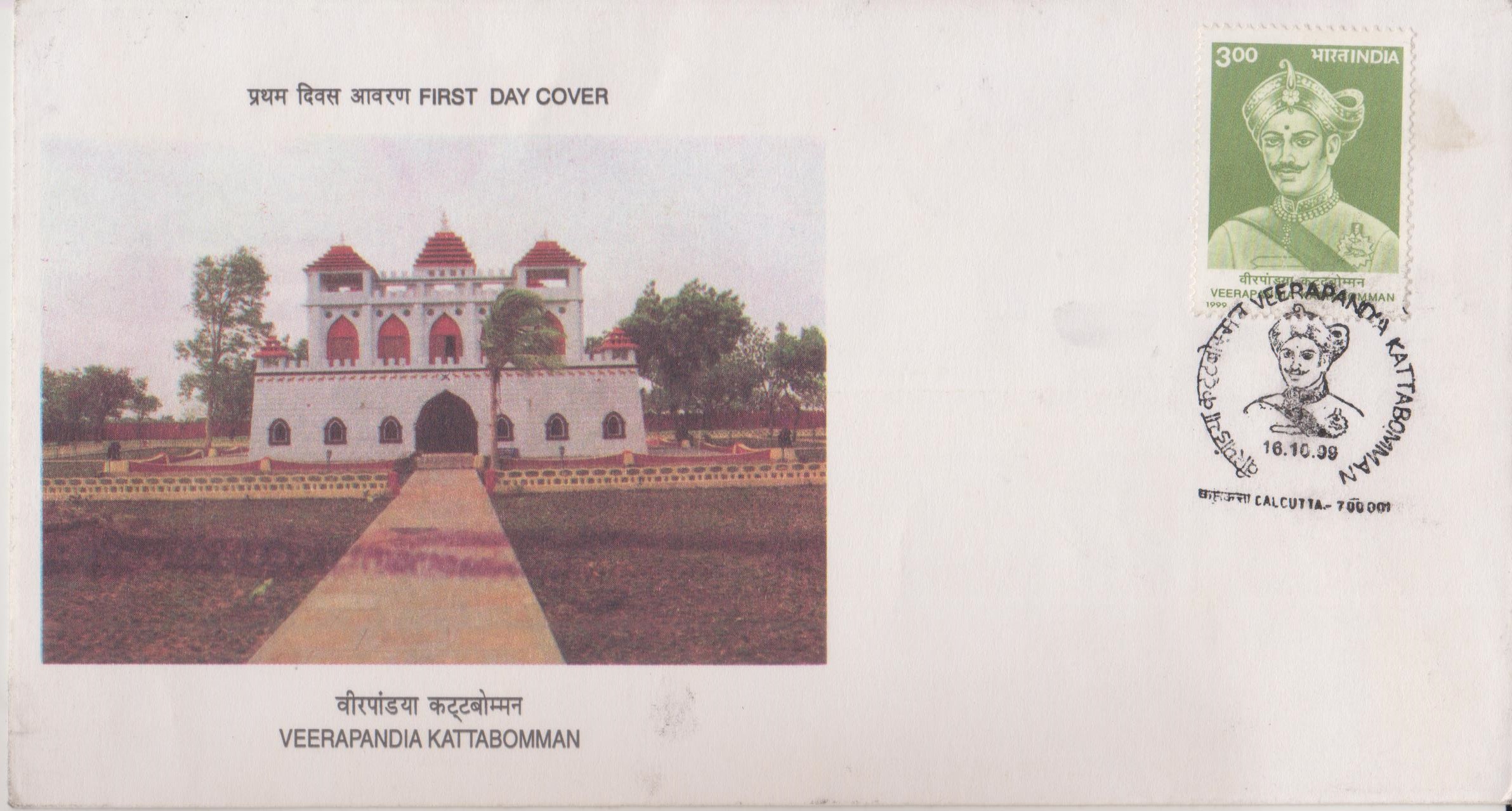
Veerapandia Kattabomman
A commemorative postage stamp on the 200th death anniversary of Veerapandiya Kattabomman, Palaiyakkarar of Panchalankurichi, Tamil Nadu :
 Issued by India
Issued by India
Issued on Oct 16, 1999
Issued for : 1999 marks the 200th death anniversary of this great martyr and the Department of Posts pays tribute to his memory through issue of this commemorative stamp.
Design : The First Day Cover depicts the re-erected Fort of Panchalankuruchi.
Credits :
Stamp : ISP Nashik
FDC : Based on materials supplied by Tamilnadu Veerapandia Kattabomman Cultural Association, Madurai.
Cancellation : Alka Sharma
Type : First Day Cover
Colour : Single Colour
Denomination : 300 Paise
Overall size : 3.91 x 2.90 Cms.
Printing size : 3.55 x 2.54 Cms.
Perforation : 13 x 13
Paper : Imported unwatermarked Adhesive Gravure Coated Stamp Paper in Sheets 50.8 x 53.5 cms.
Stamps Printed : 0.4 Million
Number per issue sheet : 35
Printing Process : Photogravure
Printer : India Security Press, Nashik
Name : Veerapandya Katta Brahmana
Born on Jan 3, 1760 at Panchalankurichi, Thoothukudi district, Tamil Nadu, India
Died on Oct 16, 1799 at Kayatharu, Thoothukudi district, Tamil Nadu, India
About :
- Veerapandia Kattabomman (1760-1799) was a great patriot of Tamil Nadu and one among the earliest martyrs of the freedom struggle.
- Kattabomman was thirty years of age when he ascended the throne as the ruler of Panchalankuruchi in 1790. During his time a large part of South India was under the control of the Nawab of Arcot. The Nawab had entered into an agreement with the East India Company in 1792 by which he transferred the rights to collect the taxes to the Company. The East India Company ignored the customs and conventions of the land and was tyrannical in its attempt to extract more and more from the princes. Many of the local princes simply submitted themselves to the dictates of the Company and were servile to it. But Kattabomman refused to fall in line and denounced the revenue settlement introduced by the Company.
- All the attempts of the Company to capture the fort of Panchalankuruchi ended in dismal failure. The efforts of W.C. Jackson, the Company’s Collector of Tirunelveli District to arrest Kattabomman at Ramanathapuram by dubious means ended in fiasco. However, the position of Kattabomman became difficult when most of the Poligars (local chieftains) deserted him and became loyal to the company. When the fourth Mysore war broke out, Kattabomman utilized the opportunity for organizing resistance. He formed a league of rebels which included the Poligars of Nagalapuram, Kulathur, Kadalkudi, Kollarpatti, Melmanthai and Ezhayirampannai, as well as the rebel rulers of Ramanathapuram, Sivaganga, Virupatchi and the local inhabitants. In 1799, Kattabomman not only refused to pay the tribute but also made incursions into the Company’s territories. The rebellious chiefs who associated with him also withheld the payment of Kists to the Company.
- Determined to quell the rebellion in its bud, Lord Wellesly, the Governor General of Madras Presidency sent a large force to suppress the poligars. Major John Bannerman assumed the command of the British forces in 1799 and commenced the military operations against Kattabomman. His ultimatum to Kattabomman to meet him at Palayamkottai bore no fruit. Hence the British forces turned their guns against the fort of Panchalankuruchi on 5th September, 1799. There were heavy losses on both sides but it was not possible to capture the fort as quickly as Bannerman planned. After days of heroic resistance, the rebels evacuated the fort. This signalled the surrender of Panchalankuruchi to the British forces.
- Kattabomman and his companions were captured from the jungles at Kalapore near Pudukottai and handed over to the British by Tondaiman of Pudukottai. On 16th October 1799, Bannerman brought the rebel chief to an assembly of poligars at Kayattar and sentenced him to capital punishment after a mock trial. Kattabomman exhibited unflinching courage even at the moment of death. He did not want to be hanged by the agents of imperialism. He took a rope that was hanging on a nearby tamarind tree and hanged himself to death. Thus, Veerapandia Kattabomman became one of the first martyrs of the land in the freedom struggle.
- Text : Based on materials supplied by Tamilnadu Veerapandia Kattabomman Cultural Association, Madurai.


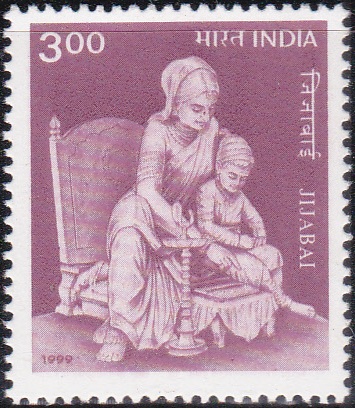
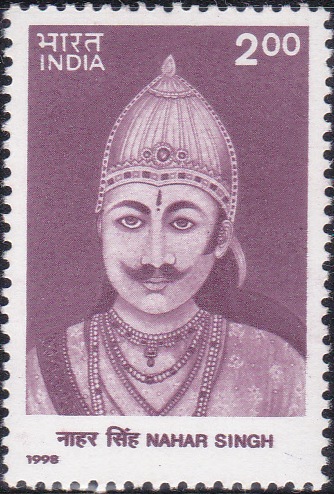
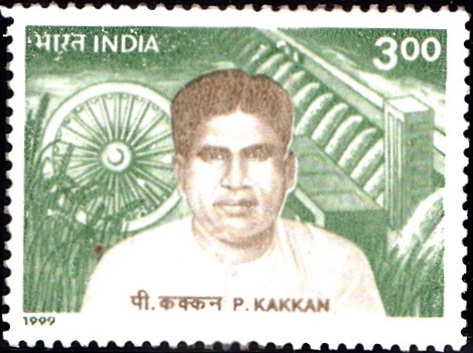
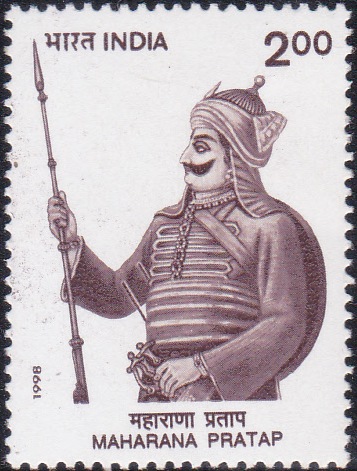
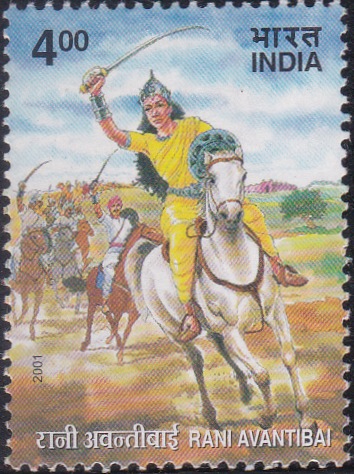
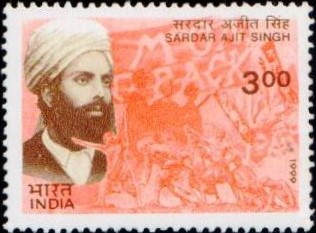
[…] Pollan, Madhari played a remarkable role in the army war field of first and second Palayakarar, kattabomman, Velunachiyar, Theeran chinnamalai and Maruthu brothers against British East India […]